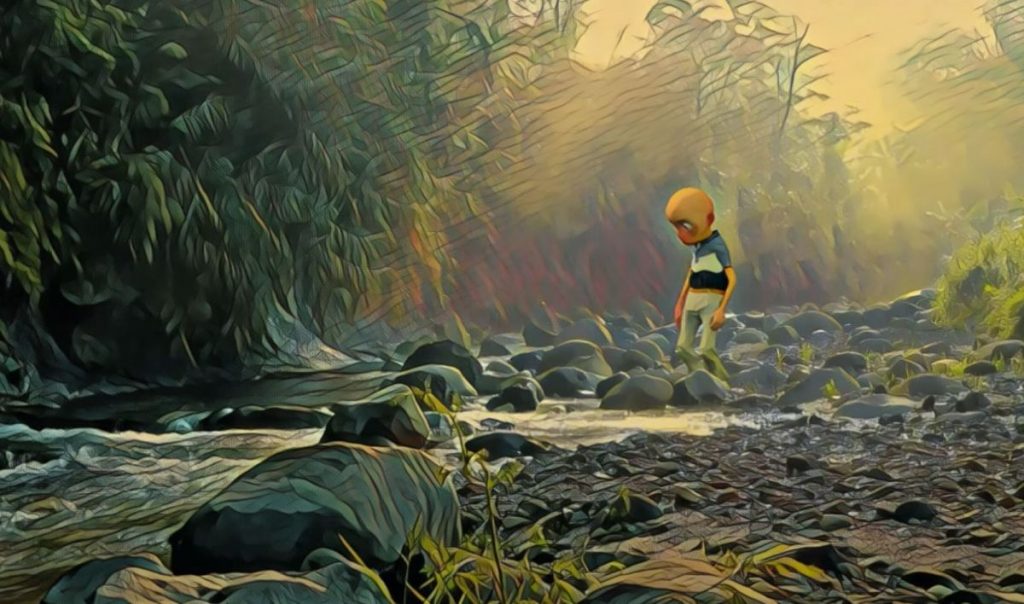The artist uses Stable Diffusion to produce the first full AI animation movie

In Brief
AI makes first full-animated short – ‘Seasons’ – and it’s just great
The artist uses a set of algorithms known as Stable Diffusion to produce the first full AI animation. The movie, which is less than two minutes long, is a collaboration between the artist, AI, and several software like Daz3D, Unreal Engine, Photoshop, After Effects, and Premiere. It is the latest in a series of AI-generated movies, which includes shorts from anime style.

The Stable Diffusion algorithms were originally developed for creating images from prompts, but the artist has adapted them for use in animation. The result is a realistic and lifelike movie with a dreamlike quality. The movie is a significant achievement for both the artist and AI as a whole. It shows that AI is capable of producing art that is both beautiful and inspirational.
Stable Diffusion contains the standard AI animation noises of bubbling and distortion. And the artist is sincerely attempting to resolve the issue with EbSynth. Methods using EbSynth can only lower the number of artifacts, not erase them. As a concept, it’s just great. As an implementation, not so much.
Between animation and neurorendering, it appears there should be an “intermediary” that will eliminate noise (which is a generic feature of diffusion models). It is necessary to render either a new neural network or an animation in the latent space on a “different track,” using techniques more akin to tracking, segmentation, and collage.
This is not the first video created with the use of AI, though. Earlier this month, Russian musician Jah Khalib released the first-ever music video created entirely by artificial intelligence. The clip, which features Khalib’s song “Autumn,” has already been viewed more than 1 million times on YouTube.
Read more related articles:
Disclaimer
In line with the Trust Project guidelines, please note that the information provided on this page is not intended to be and should not be interpreted as legal, tax, investment, financial, or any other form of advice. It is important to only invest what you can afford to lose and to seek independent financial advice if you have any doubts. For further information, we suggest referring to the terms and conditions as well as the help and support pages provided by the issuer or advertiser. MetaversePost is committed to accurate, unbiased reporting, but market conditions are subject to change without notice.
About The Author
Damir is the team leader, product manager, and editor at Metaverse Post, covering topics such as AI/ML, AGI, LLMs, Metaverse, and Web3-related fields. His articles attract a massive audience of over a million users every month. He appears to be an expert with 10 years of experience in SEO and digital marketing. Damir has been mentioned in Mashable, Wired, Cointelegraph, The New Yorker, Inside.com, Entrepreneur, BeInCrypto, and other publications. He travels between the UAE, Turkey, Russia, and the CIS as a digital nomad. Damir earned a bachelor's degree in physics, which he believes has given him the critical thinking skills needed to be successful in the ever-changing landscape of the internet.
More articles

Damir is the team leader, product manager, and editor at Metaverse Post, covering topics such as AI/ML, AGI, LLMs, Metaverse, and Web3-related fields. His articles attract a massive audience of over a million users every month. He appears to be an expert with 10 years of experience in SEO and digital marketing. Damir has been mentioned in Mashable, Wired, Cointelegraph, The New Yorker, Inside.com, Entrepreneur, BeInCrypto, and other publications. He travels between the UAE, Turkey, Russia, and the CIS as a digital nomad. Damir earned a bachelor's degree in physics, which he believes has given him the critical thinking skills needed to be successful in the ever-changing landscape of the internet.






















































